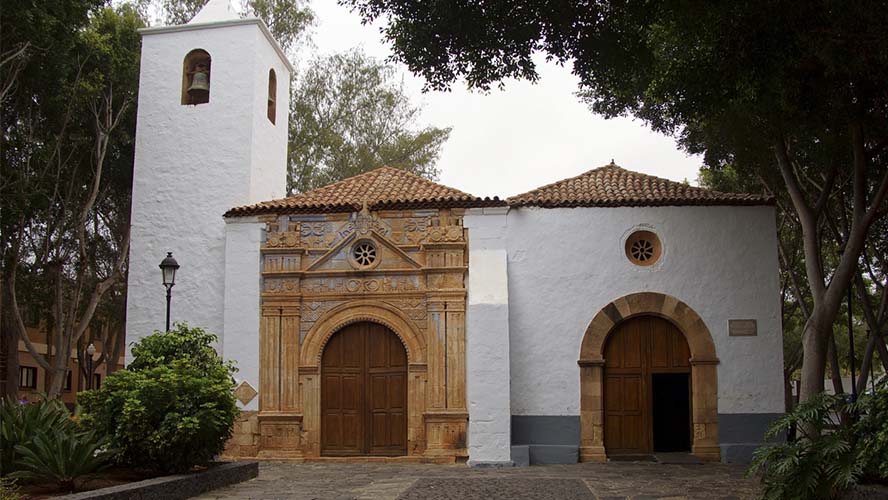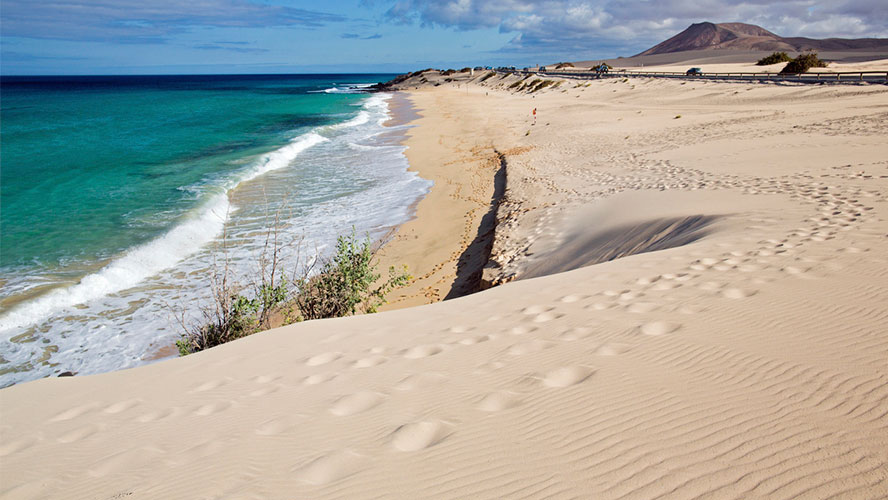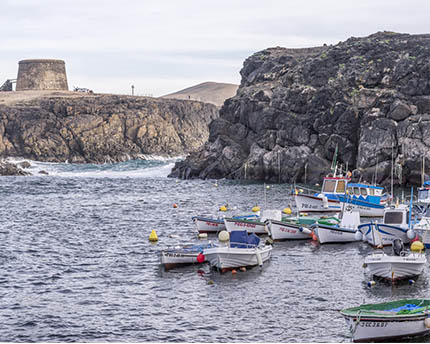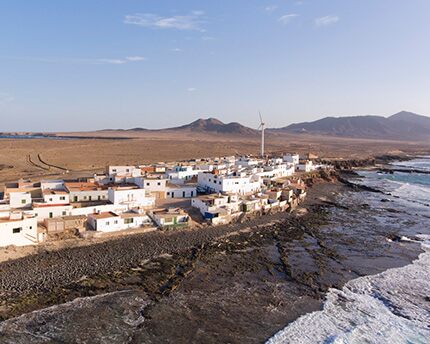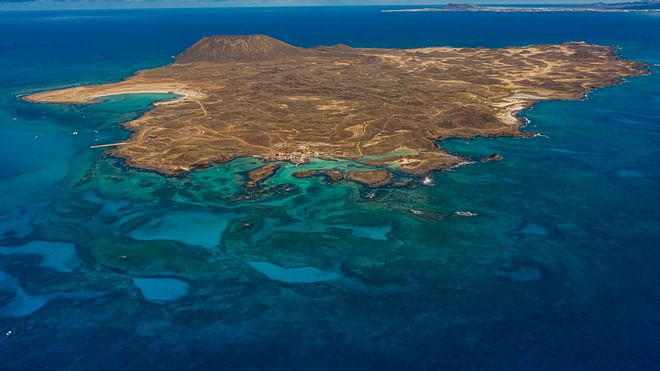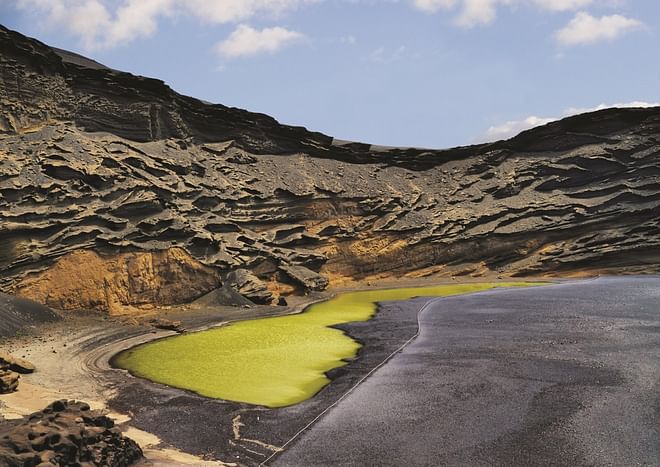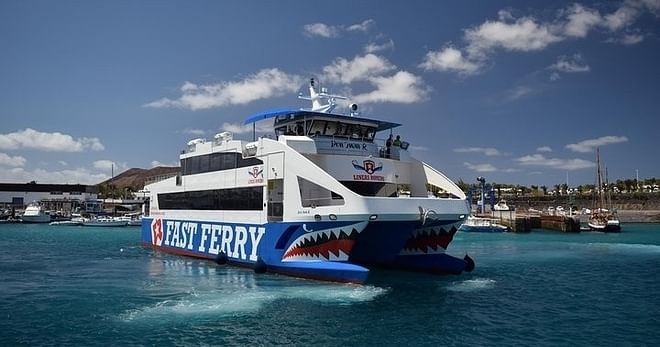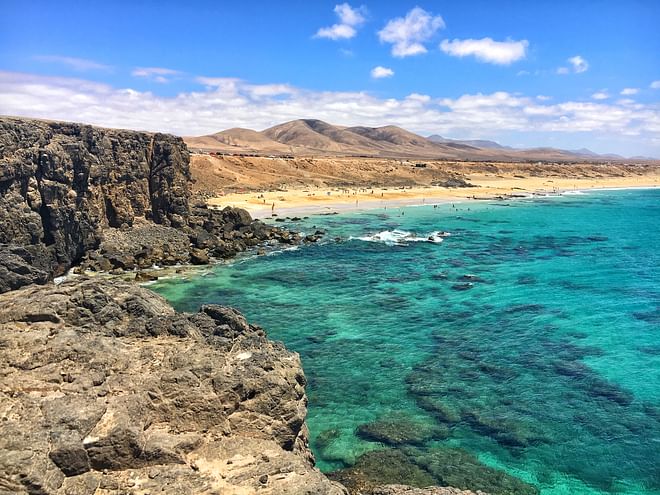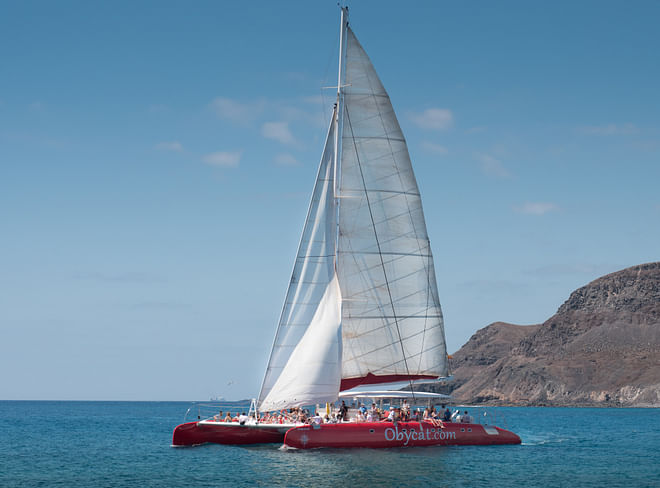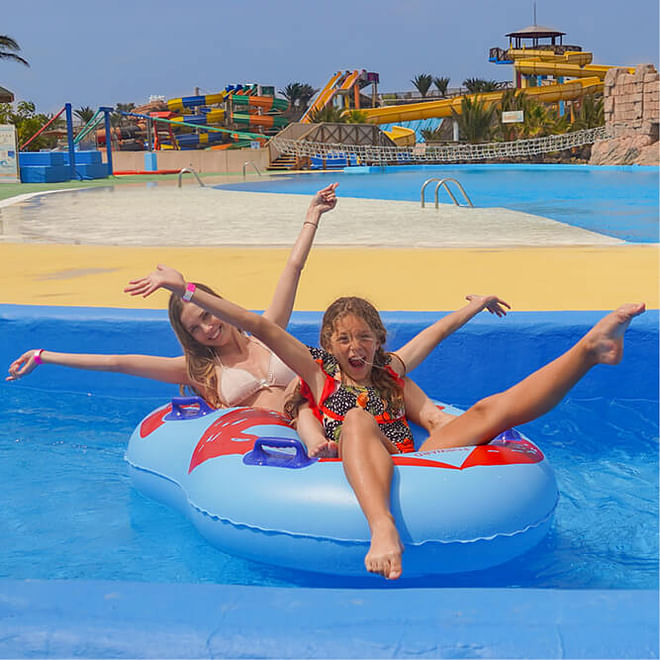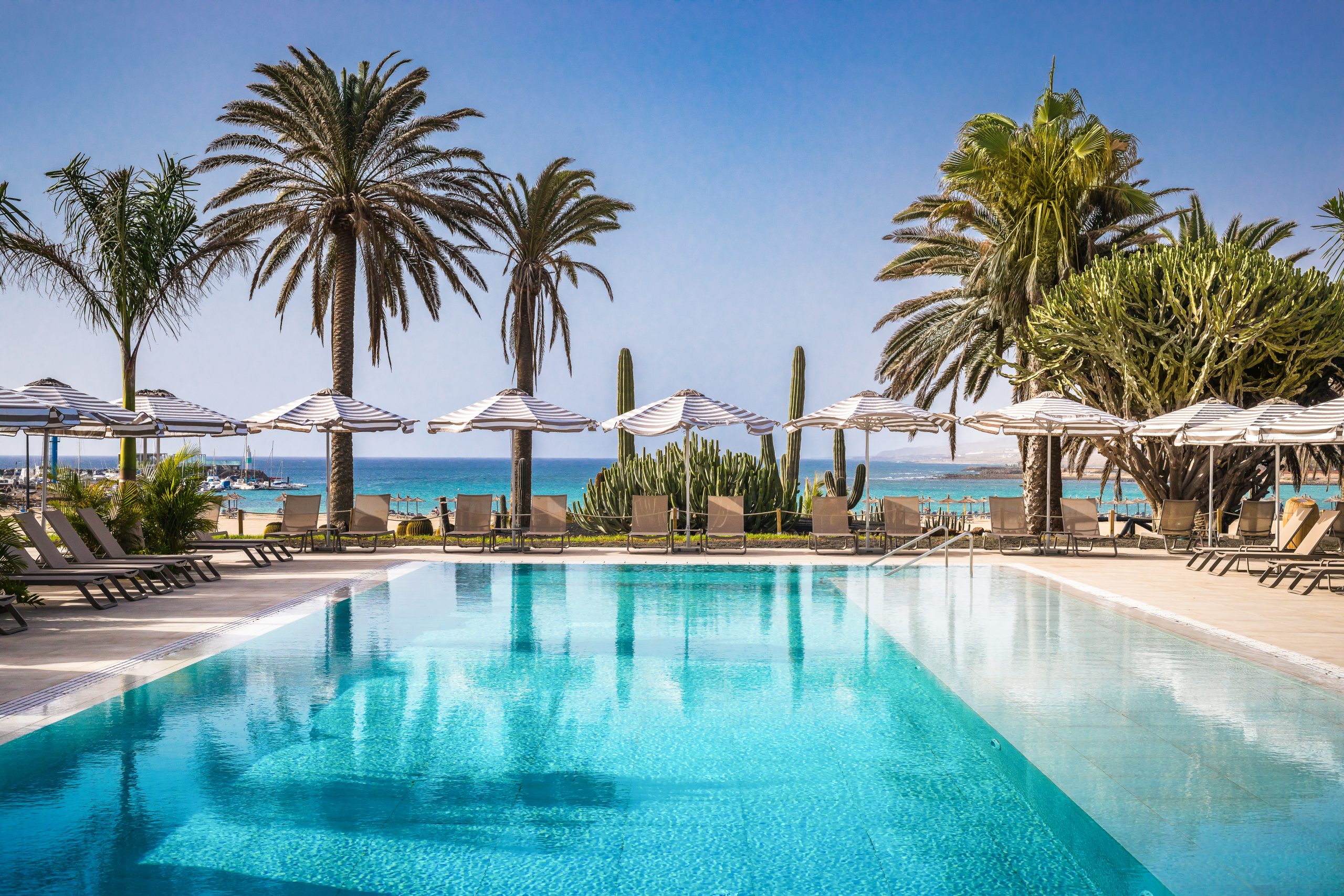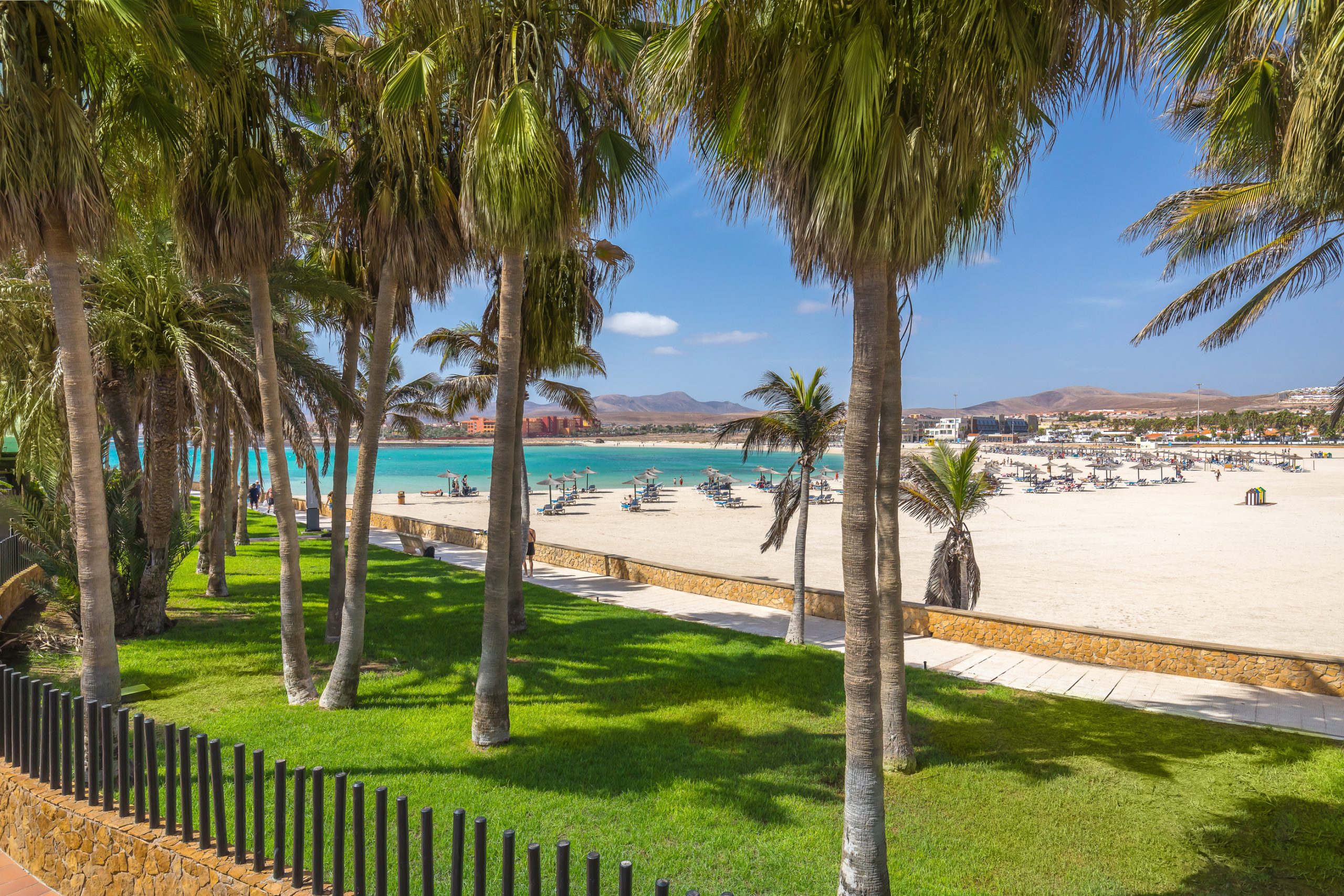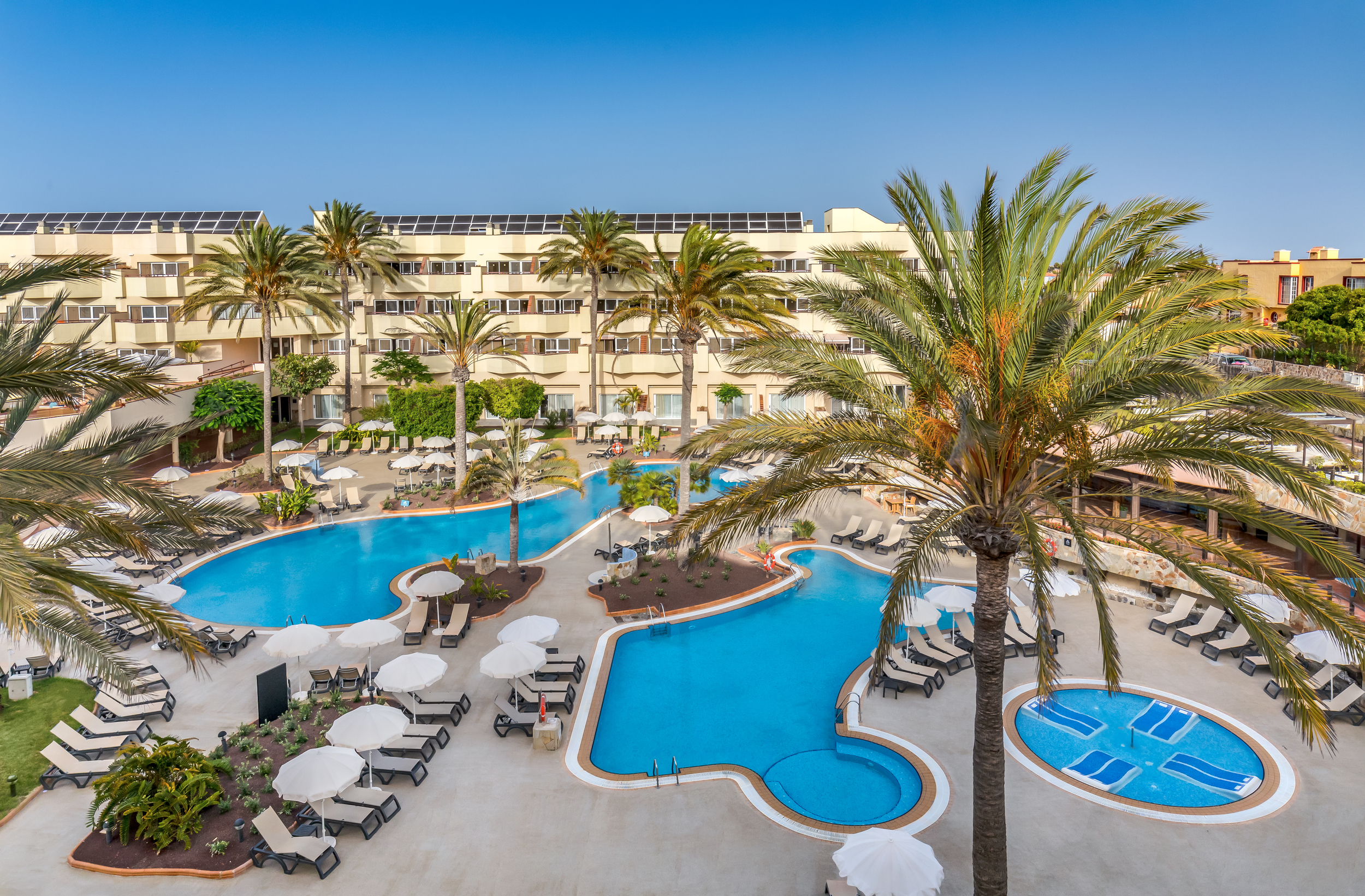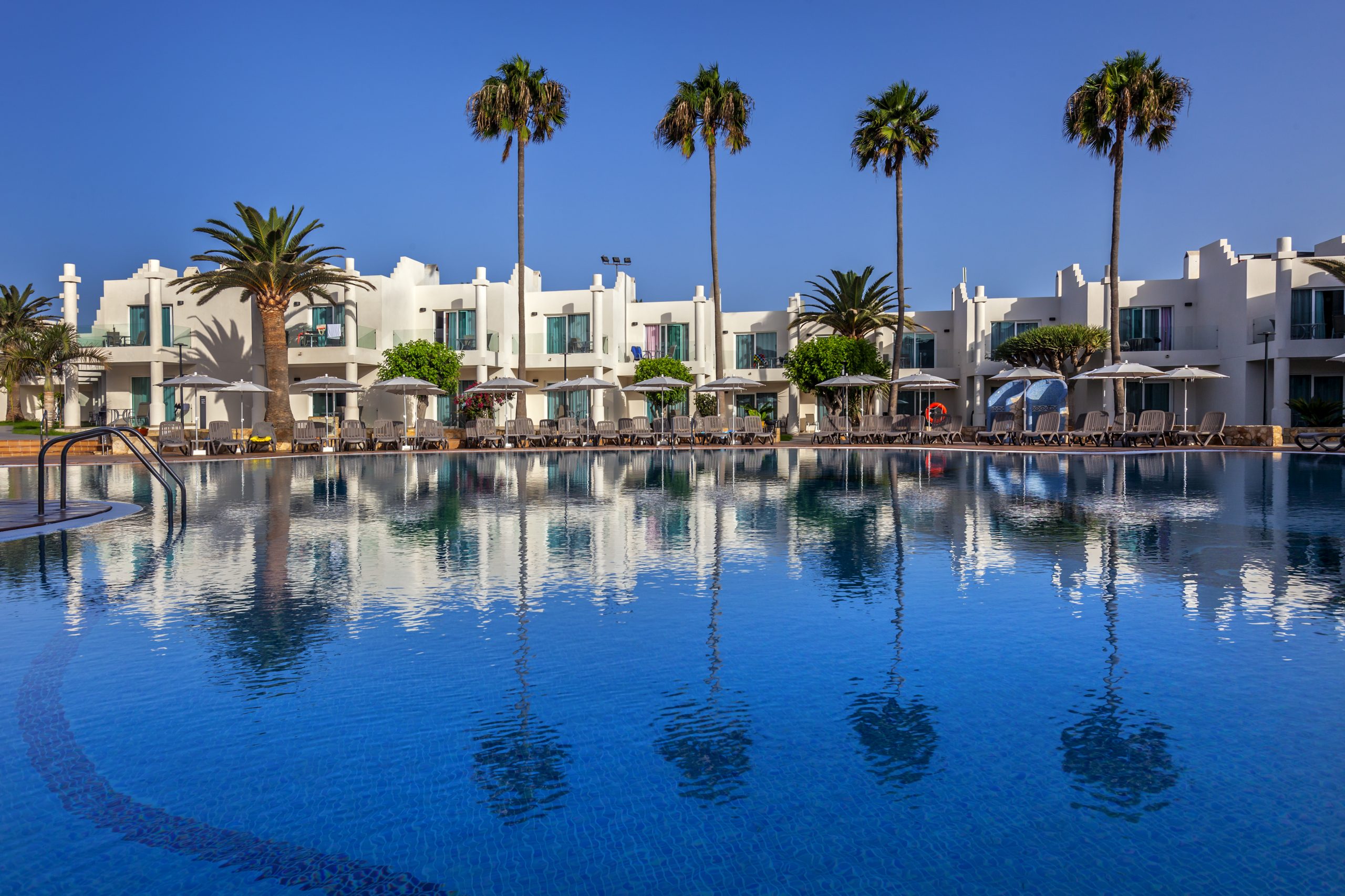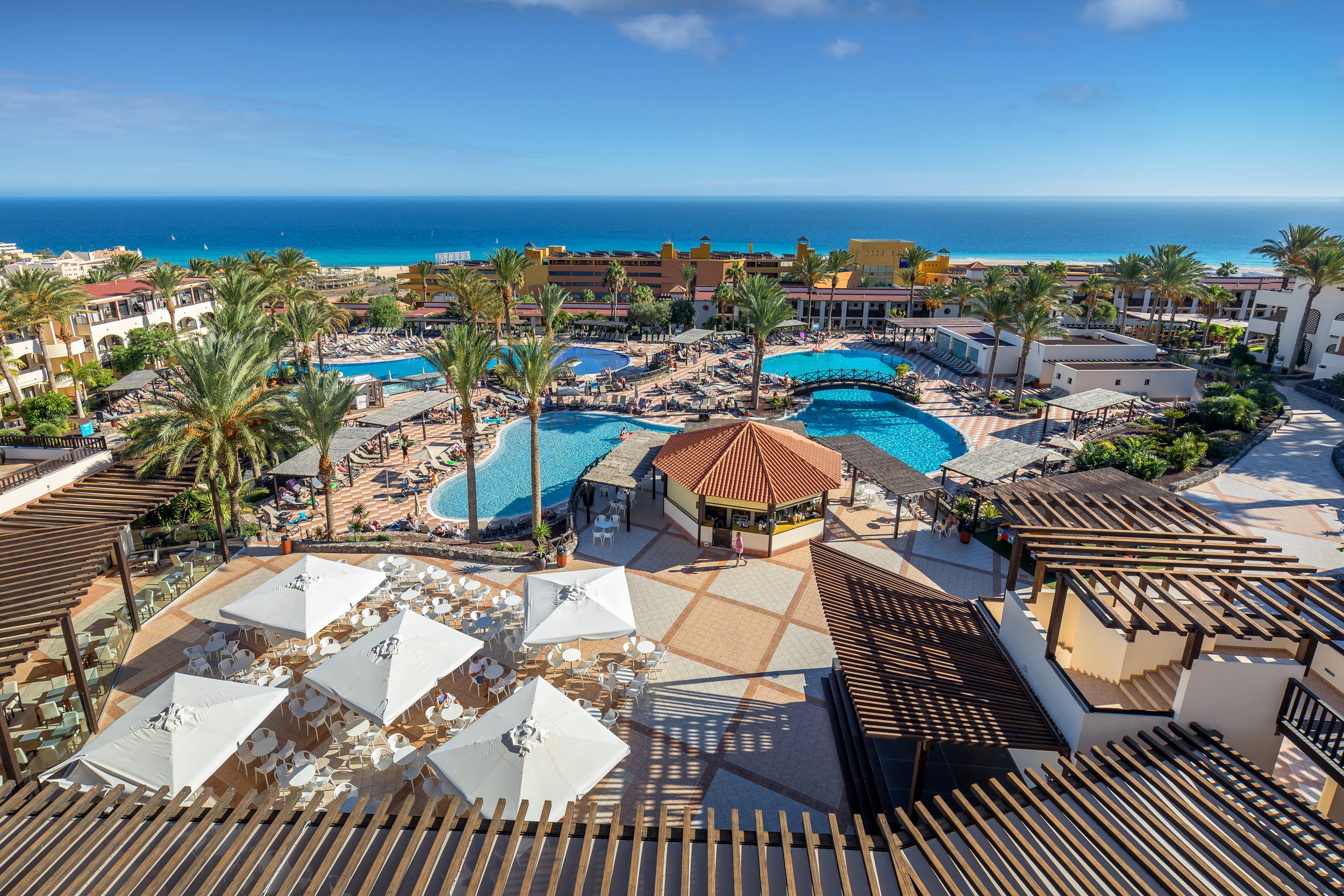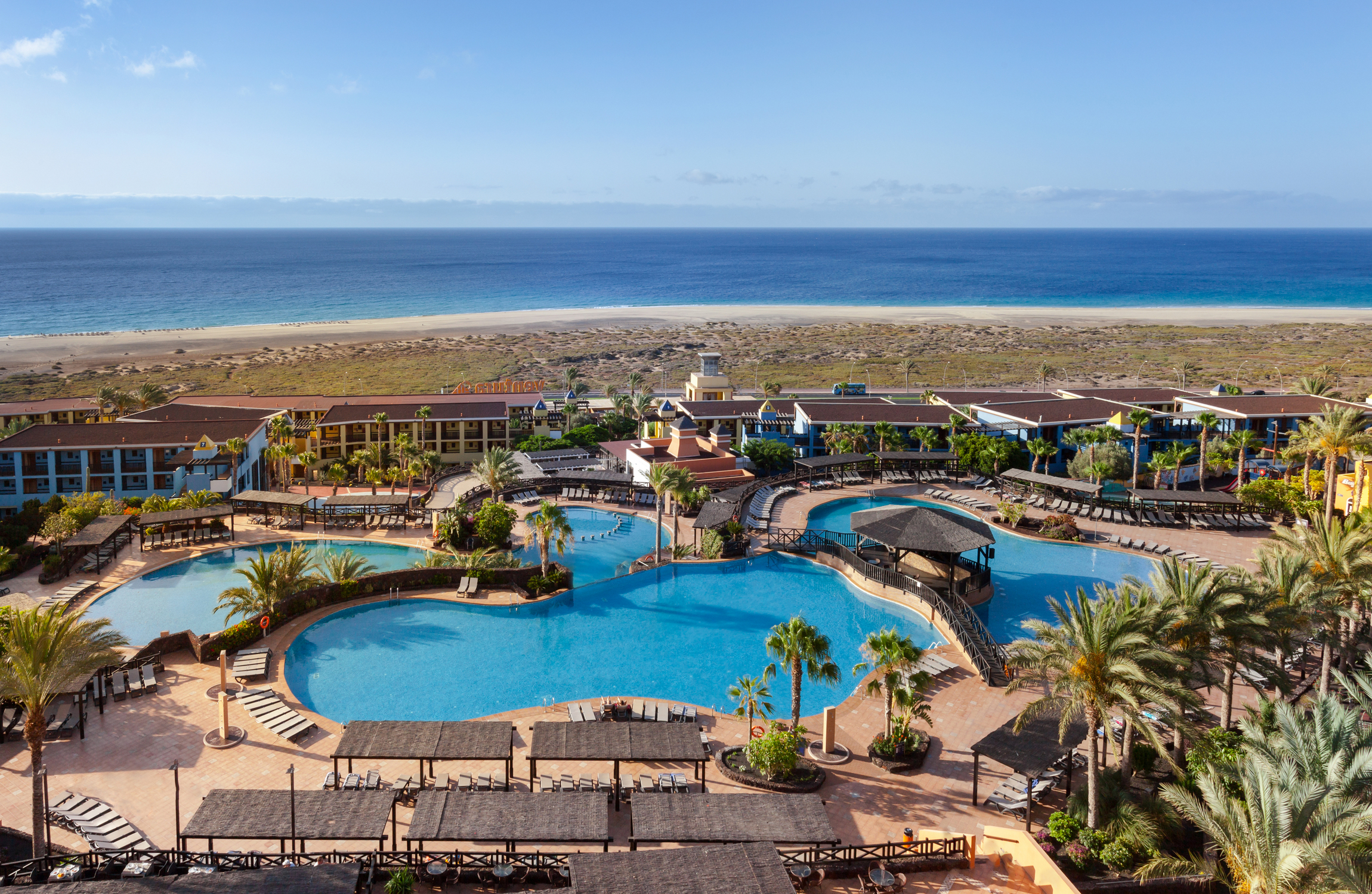The Jandía Peninsula, a space of outstanding natural beauty that lies at the southernmost point of Fuerteventura, is home to the finest beaches on the island and possibly the entire Canary Islands archipelago. The peninsula is connected to the rest of the island by the La Pared isthmus, which is barely 6 kilometres wide. This means that you can see the sea from both sides of the isthmus.
Jandía Natural Park
This territory encloses one of the largest natural parks in the Canary Islands: the Jandía Natural Park. A protected area since 1987, this natural park delimits—with its stretches of desert, beaches, sands and lagoons—one of the outermost points of this idyllic island. It is an authentic environment and nature reserve.
The space remains practically unspoilt, offering a huge variety of landscapes that leave visitors awestruck with their beauty. The park is also home to the sand dunes of the La Pared isthmus and the Pecenescal Valley. Is also comprises the Pico de la Zarza and the Jandía mountain range (known as the “crestería” by locals), as well as some of the most magnificent beaches of the Jandía Peninsula.
The Jandía Peninsula: a separate island within Fuerteventura
Do you want to know an interesting fact about the Jandía Peninsula? Many years ago, from what we have been able to gather, it seems that the Jandía Peninsula was a separate island that was larger in size than La Gomera. However, this territory spanning 200 km2 is now connected to Fuerteventura, as a result of a huge eruption of the Jandía volcano. This eruption was also responsible for the emergence of an amazingly beautiful and unique landscape, which you can enjoy by visiting its beaches. These beaches, meanwhile, are often found on lists of the world’s best beaches. The Jandía Peninsula is a highly-popular destination amongst nature-loving travellers who enjoy exploring unique and idyllic locations.
Fancy another one? In prehistoric times, a 6-kilometre wall was built to isolate the Jandía Peninsula from the rest of the island. In fact, 54 stone structures of varying sizes have been uncovered in the La Pared archaeological site, revealed to be old cattle enclosures, cottages and meeting places. Latest research suggests that this wall was constructed as a barrier to prevent wild cattle from entering the peninsula.
The highest point on the island is found in the Jandía Peninsula, with the Pico de la Zarza standing at 807 metres above sea level. Gusts of wind often cause sand from the area’s beaches to build up, forming an extensive field of dunes that stretch all the way to the Playa de Sotavento. The Jandía Peninsula comprises 150 kilometres of coastline, of which at least 70 kilometres are beaches.
Jandía’s beaches and other attractions on the peninsula
Playa de Sotavento
This beach is comprised by the Playa del Risco del Paso, the Playa de la Barca, the Playa de los Canarios and the Playa de Mal Nombre, each of which charming in their own way. This huge beach is over 9 kilometres long; it is so long, in fact, that you can’t see all the way from one end of the beach to the other. This virgin beach lies within the Jandía nature reserve, just waiting to be explored. The Playa de Sotavento is one of Fuerteventura’s most postcard-friendly landscapes.
These beaches are often exposed to a strong coastal wind, so we recommend finding a spot that is sheltered from the breeze. Some stretches of the beach are not particularly popular with swimmers, with this relative tranquillity leading to their use by nudists. The strong winds of the Playa de la Barca make it the perfect location for practicing kitesurfing. The Playa del Risco del Paso, meanwhile, is a beautiful bay that is highly-regarded by surf lovers. There are lagoons between these two beaches, formed by the ocean’s tides.
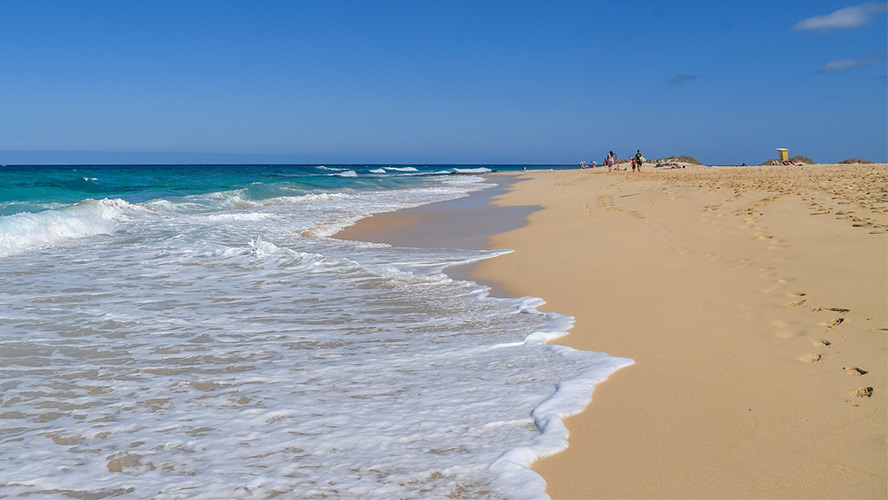
Morro Jable
One of the main tourist destinations in the Jandía Peninsula, this town is also home to the nearest port on Fuerteventura’s south coast. Its outstanding feature is its lighthouse on the Playa del Matorral. This is a protected natural area, as it has a highly specific coastal ecosystem: the Jandía salt marsh. This wetland withstands periodic flooding during high tide, which creates some peculiar brine ponds which offer highly attractive conditions for certain marine birds who stop here to nest. Next to the port you will find the Turtle Nursery, which is dedicated to the recuperation of injured or ill marine turtles. This centre is open to the public.
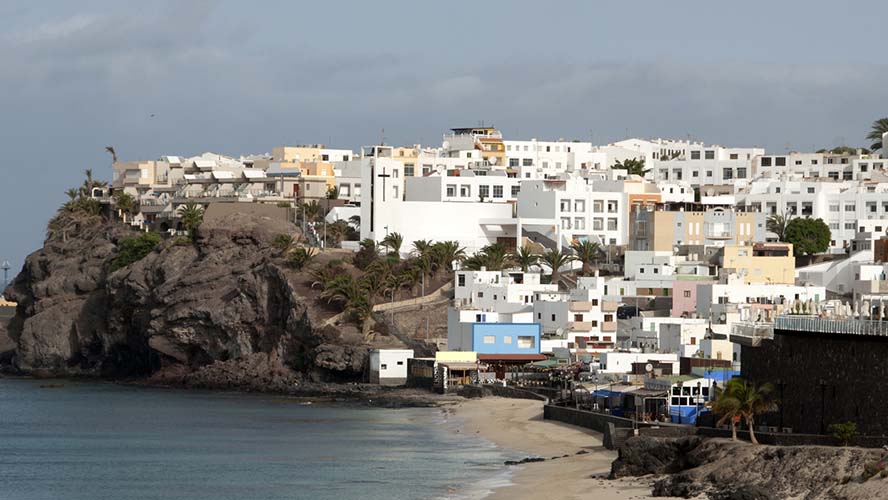
Cofete
This is a tiny fishing village with a spectacular fine sandy beach. The Playa de Cofete, which measures 14 kilometres long when combined with the Playa de Barlovento, is possible the most famous virgin beach on the archipelago. This beach is usually deserted; probably because it is tricky to access, while its strong currents are deemed very dangerous to swimmers. Before arriving in Cofete, we recommend taking a break at the Mirador de la Degollada Agua Oveja, offering a fantastic view over the Playa de Barlovento. This viewpoint lies very close to the legendary Villa Winter which, it is said, was used as a secret hideout by a group of Nazi officials. What we do know is that it was built under the instructions of a German engineer who bought the entire Jandía Peninsula, seeking to turn it into an area of agricultural experimentation. Things didn’t pan out as he had hoped, with each of the properties ending up for sale.
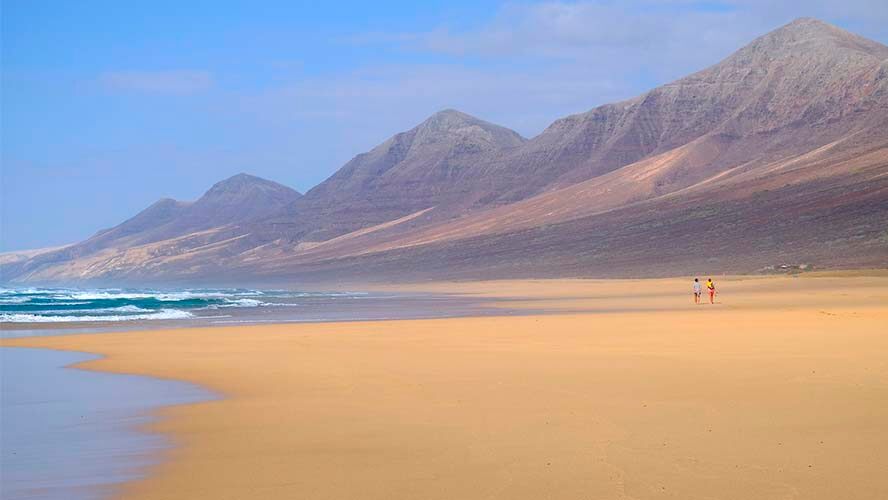
Costa Calma
This is a resort town offering various hotels and restaurants. Here, you will be able to mingle with various foreigners who have also came to Fuerteventura to discover this paradise.
Punta de Jandía lighthouse
This lighthouse, built in the mid-nineteenth century, is located very close to the Puertito de la Cruz in the southernmost tip of Fuerteventura. The lighthouse was built to help guide the ships setting sail for Africa, and to be used as a marker by ships arriving from the quay of Las Palmas on their way towards Puerto de Cabras (now known as Puerto del Rosario) and Gran Tarajal.
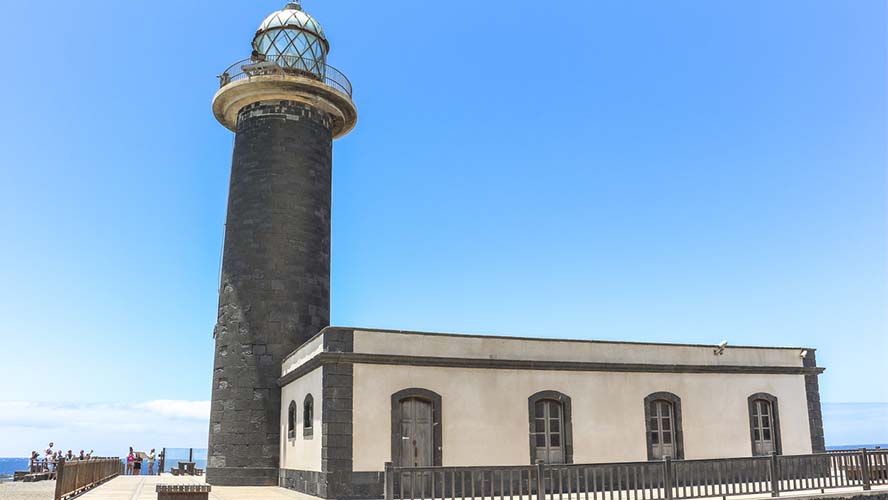
Pájara
While geographically-speaking this town lies outside the Jandía Peninsula, it serves as something of an entrance hall to the most spectacular beaches in Europe, such as the Playa de Sotavento, where visitors can lose all notion of time (and space). It is the island’s largest municipality, with the municipalities of Morro Jable, Costa Calma and Solana Matorral all depending on it. If you have the chance, we recommend visiting the eighteenth-century Iglesia de la Virgen de Regla.
